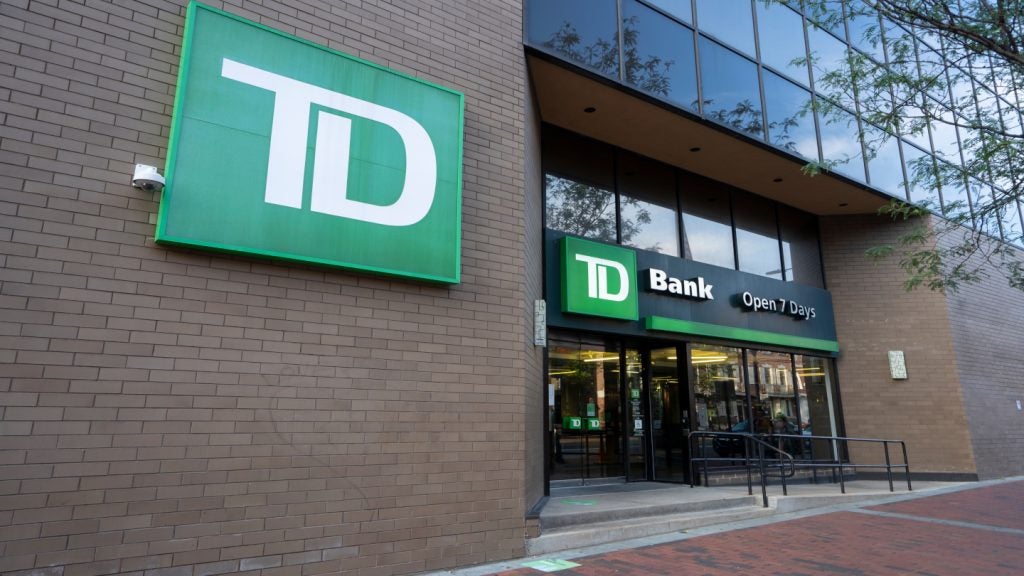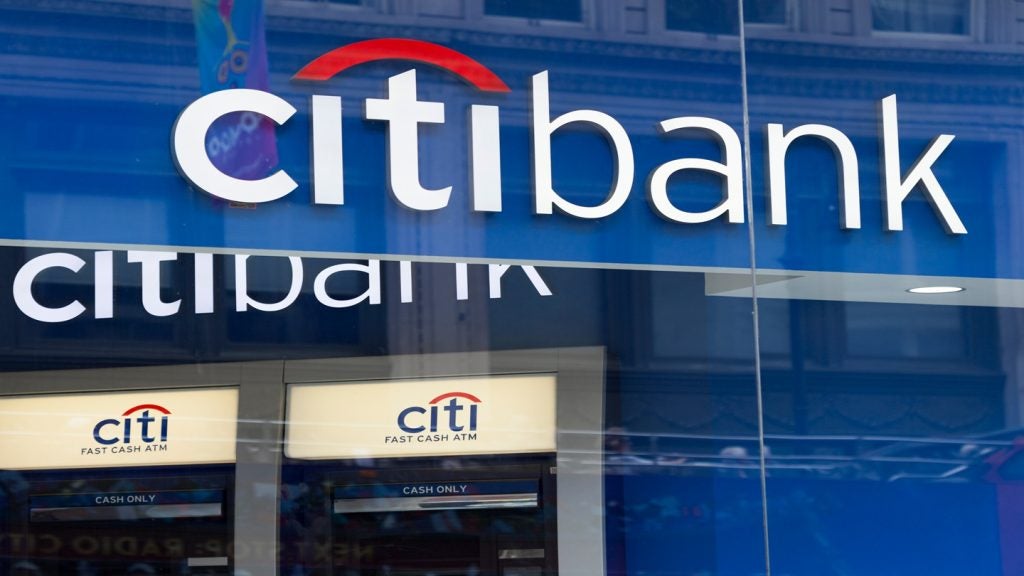Gilbert Verdian’s Perspective on RBI Forecasts
DLT in 2023: Out of the blocks
Blockchain use cases abounded in 2022, but we’ve only scratched the surface of what this transformative technology can help achieve. What’s coming down the track in 2023 for the interplay between distributed ledger technology (DLT) and the financial services sector?
There will be agreement that the unregulated crypto experiment has failed
With the collapse of FTX, the ‘crypto winter’ and the breaking of Terra UST’s peg – 2022 has been a challenging year for the cryptocurrency sector. Consumers were attracted to this volatile asset class which offered steep returns compared to traditional markets. But the collapse that followed served as a potent reminder of why we have financial regulation in place to protect people.
2023 will call for more stringent rules which will turn into demands. Governments and regulators will realise they can no longer expose consumers to unsupervised exchanges who seemingly had a licence to print money and generate steep losses for those who could least afford it. Furthermore, the size of the cryptocurrency market has grown significantly. It now has the ability to act as a contagion to the rest of the financial system, triggering concerns from regulators who need to act and mitigate risks with appropriate rules.
Recognising the need for regulation is one thing: designing, agreeing to, and implementing it is quite another. We can take an example from the EU who is leading in the space. Its Markets in Crypto-Assets Regulation (MiCA) bill serves as a solid example of a comprehensive regulatory framework.
Additionally, as the crypto world becomes more staid and sensible, layer 2 technologies that were hastily and poorly designed will start to disappear. The more useful and usable networks will be left intact, stronger than ever. The hype will die down, and crypto enthusiasts may well turn their attention to other use cases for blockchain.
They will likely continue to look for assets with low barriers to entry, part of crypto’s appeal. Tokenisation offers improved access to illiquid assets. For example, in cases where start-up funding is limited to a small pool of sophisticated ‘LPs’, tokenisation and the right regulatory framework could enable smaller investors new, promising opportunities.
How well do you really know your competitors?
Access the most comprehensive Company Profiles on the market, powered by GlobalData. Save hours of research. Gain competitive edge.

Thank you!
Your download email will arrive shortly
Not ready to buy yet? Download a free sample
We are confident about the unique quality of our Company Profiles. However, we want you to make the most beneficial decision for your business, so we offer a free sample that you can download by submitting the below form
By GlobalDataMoreover, the loss of confidence in unregulated market participants has triggered a flight to safety. Investors want to pursue their returns with experienced, regulated institutions that offer access to crypto assets whilst protecting their users and capital with proper oversight.
Banks and asset managers will scramble to recruit blockchain specialists
We have already seen established firms like State Street, JP Morgan, and HSBC appoint ‘heads for digital assets’ and distributed ledger technology (DLT) specialists as they roll out tokenisation projects. 2023 will see these skills increasingly in-demand as financial services firms realise the value of blockchain in enhancing their operations and adding new revenue to their bottom line.
The challenge lies in finding the right people: only about 1% of developers have the specialist knowledge required to work with digital ledger technologies, given each has unique rules and languages. A developer trained in a specific DLT can cost over £100,000 per annum, yet their skills are not always transferable to other DLTs or re-deployable to non-DLT projects.
But as the world grapples with another recession, financial services businesses will certainly be examining how to save money. If implemented correctly, blockchain could save billions in infrastructure and associated IT costs, despite the upfront hiring and partnership spend.
Rather than paying for service-level agreements, data centres, cloud hosting and other services, financial institutions can, and will, leverage blockchain infrastructure at a fraction of the cost of running the same transactions in-house. Efficiencies aside, tokenisation could improve several areas within asset management– specifically, issuance, exchange and servicing, and simplify processes involving a host of intermediaries. Tokenised private equity products may come to market, allowing capital to be raised via tokenisation, as IPOs and SPACs decelerate.
CBDCs will become politicised, but will ultimately prevail
Nineteen of the G20 nations are now piloting CBDC projects which means governments will rightly need to address public concerns around individual privacy as part of broader education around the potential benefits of CBDCs.
We predict further political grandstanding on this issue, especially in the US, where libertarian and republican senators have already spoken out against the introduction of CBDCs. Their position is in stark contrast to the prevalence of CBDCs in China, where the digital yuan has seen transaction volumes surpass $14bn. However, democratic nations will need to compete as the world changes, and CBDCs become part of international trade, financing and cross-border settlement.
CBDC supporters are quick to remind the opponents that the underlying infrastructure can be structured in a way that limits authoritarian controls, surveillance and protects consumer privacy through public-private collaboration and partnership.
CBDCs could fundamentally change the nature of money, taking it beyond a medium of economic exchange. Currency can become programmable and automated to streamline payment workflows. Real-time digital money can provide central banks with an accurate view of monetary risks, enabling them to proactively adjust fiscal controls and help prevent financial crises like the one in 2007-2009.
However, CBDCs must be properly configured and implemented as critical national infrastructure and protected like existing payment systems and economies. The Bank of England concisely laid out core principles for its CBDC design — it needs to be resilient, inclusive, innovative, and competitive.
2023 will see further focus on building CBDC infrastructure that values consumer protection, privacy, and interoperability. But ongoing politicisation of CBDCs may remain a stumbling block.
The links between chains will be strengthened, improving trust
Cross-chain ‘bridge hacks’ were, sadly, commonplace throughout 2022, with estimated losses running to billions of pounds. Bridges are the way to facilitate the transfer of information and assets from one blockchain to another, and so these hacks threaten public trust in the usefulness of blockchain.
There was a reason for this. Bridges have fewer participants and operators than major networks, offering more vulnerabilities for an attack. In addition, bridges are typically designed with smart contracts to be executed on each chain. This smart contract code is often written by a small number of developers, and many times isn’t thoroughly checked, tested or validated by the maintainers of the blockchain node software or other external experts. As a result, smart contracts may have bugs and vulnerabilities open to exploitation.
There are ways, however, to make bridge transfers safe. Smart contracts should be externally validated. Also, where possible, employing ‘burn and mint’ instead of ‘lock and mint’ workflows and using multiple signature schemes are important technical steps that can help ensure secure bridging.
In 2023, we will see the widespread introduction of some of these cybersecurity principles and safe custody solutions – with regulations catching up.
Instead of an infrastructure overhaul, we will see additional security controls and protections wrapped around existing infrastructure and digital asset implementation. An API-based blockchain gateway bridging solution using these principles can perform much of the functionality needed for tokenisation, interoperability and settlement needed by exchanges.

Gilbert Verdian, CEO & founder of Quant








Related Company Profiles
HSBC Holdings Plc
State Street Corp